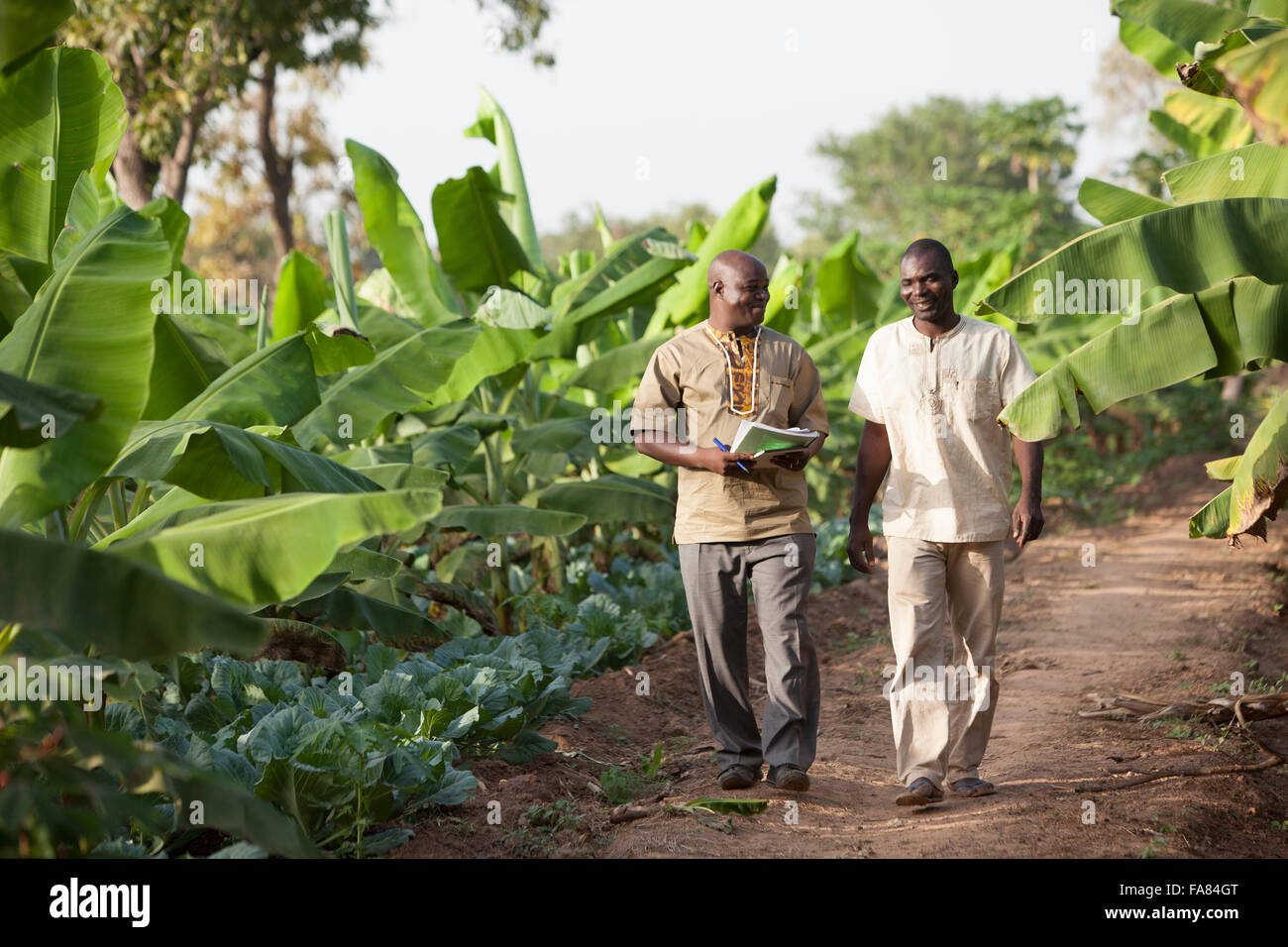Discovering the Distinctions In Between Commercial Farming and Subsistence Farming Practices
The duality in between business and subsistence farming techniques is noted by differing goals, operational scales, and source use, each with profound implications for both the environment and society. Business farming, driven by earnings and performance, usually employs sophisticated innovations that can cause considerable environmental concerns, such as dirt deterioration. On the other hand, subsistence farming emphasizes self-sufficiency, leveraging traditional approaches to maintain house requirements while nurturing community bonds and social heritage. These contrasting practices elevate appealing concerns concerning the equilibrium between financial development and sustainability. How do these different techniques shape our globe, and what future instructions might they take?
Economic Goals
Economic goals in farming methods often dictate the techniques and scale of operations. In industrial farming, the main financial purpose is to take full advantage of earnings.
On the other hand, subsistence farming is mostly oriented towards meeting the instant demands of the farmer's family members, with excess production being marginal. The financial objective below is usually not make money maximization, yet rather self-sufficiency and risk minimization. These farmers usually operate with limited resources and depend on typical farming strategies, customized to regional environmental conditions. The primary objective is to make sure food protection for the house, with any type of excess produce sold locally to cover standard needs. While industrial farming is profit-driven, subsistence farming is centered around sustainability and resilience, mirroring a basically different collection of financial imperatives.

Scale of Operations
The difference in between business and subsistence farming comes to be particularly evident when taking into consideration the scale of procedures. The range of industrial farming allows for economies of scale, resulting in reduced expenses per system via mass manufacturing, increased efficiency, and the ability to invest in technological developments.
In raw comparison, subsistence farming is usually small, focusing on producing simply sufficient food to satisfy the immediate needs of the farmer's family members or neighborhood neighborhood. The land area entailed in subsistence farming is usually restricted, with less accessibility to modern-day technology or mechanization.
Source Use
Resource utilization in farming techniques discloses considerable distinctions in between commercial and subsistence strategies. Industrial farming, characterized by massive operations, frequently uses sophisticated technologies and automation to optimize making use of resources such as land, water, and plant foods. These methods permit improved performance and greater productivity. The emphasis is on taking full advantage of outputs by leveraging economic situations of scale and releasing sources tactically to ensure regular supply and success. Accuracy agriculture is progressively adopted in industrial farming, making use of data analytics and satellite modern technology to keep track of plant health and enhance source application, further enhancing return and resource effectiveness.
In contrast, subsistence farming runs on a much smaller sized scale, mostly to satisfy the instant requirements of the farmer's house. commercial farming vs subsistence farming. Resource utilization in subsistence farming is commonly restricted by economic restraints and a reliance on traditional techniques. Farmers commonly make use of manual work and natural deposits readily available in your area, such as rain and natural garden compost, to grow their crops. The emphasis is on sustainability and self-reliance instead of maximizing result. Subsistence farmers might deal with difficulties in resource administration, consisting of minimal access to improved seeds, plant foods, and watering, which can restrict their ability to boost efficiency and success.
Ecological Effect

Conversely, subsistence farming, practiced on a smaller sized range, usually employs standard strategies that are much more attuned to the surrounding setting. Plant turning, intercropping, and natural fertilizing prevail, advertising dirt health and reducing the need for synthetic inputs. While subsistence farming usually has a lower ecological impact, it is not without obstacles. Over-cultivation and inadequate land management can lead to dirt disintegration and logging sometimes.
Social and Cultural Effects
Farming techniques are deeply linked with the social and cultural material of neighborhoods, influencing and mirroring their worths, customs, and economic frameworks. In subsistence farming, the focus is on cultivating adequate food to fulfill the instant needs of the farmer's family members, frequently fostering a strong sense of area and shared duty. Such methods are deeply rooted in regional traditions, with expertise gave through generations, therefore protecting cultural heritage and strengthening communal ties.
On the other hand, commercial farming is largely driven by market demands and productivity, commonly leading to a change towards monocultures and large operations. This approach can bring about the erosion of traditional farming practices and cultural identifications, as regional customs and understanding are supplanted by standardized, commercial techniques. The emphasis on effectiveness and earnings can sometimes decrease the social communication found in subsistence neighborhoods, next page as financial transactions replace community-based exchanges.
The duality between these farming methods highlights the broader social implications of agricultural options. While subsistence farming sustains cultural continuity and area connection, commercial farming lines up with globalization and financial development, frequently at the price of traditional social structures and multiculturalism. commercial farming vs subsistence farming. Stabilizing these facets stays a crucial difficulty for lasting farming growth
Verdict
The examination of business and subsistence farming methods exposes significant distinctions in goals, scale, source use, environmental influence, and social effects. On the other hand, subsistence farming highlights self-sufficiency, using conventional approaches and neighborhood resources, consequently promoting social preservation and area communication.
The dichotomy in between industrial and subsistence farming methods is noted by differing objectives, functional scales, and source usage, each with extensive ramifications for both the environment and culture. While commercial farming is profit-driven, subsistence farming is focused around sustainability and resilience, mirroring a fundamentally various collection of economic imperatives.
The difference in between industrial and subsistence farming becomes specifically obvious when thinking about the range of operations. While subsistence farming More Bonuses supports cultural connection and area interdependence, business farming lines up with globalization and economic growth, often at the price of standard social structures and social diversity.The exam of commercial and subsistence farming practices discloses significant differences in goals, range, resource use, ecological influence, and social implications.